успешных поступлений
университетов и бизнес-школ мира
странах работают после учебы наши выпускники
успешных поступлений
университетов и бизнес-школ мира
странах работают после учебы наши выпускники
These three elements are drawn together by students into a synthesis. The aim is to engage students in synthetic thinking and equip them to be the leaders in the Animation field in the future. The course is made up of the following units:
Animation History and Theory – 20 credits
This unit will orient students to the MA course as a whole by outlining some of the key moments of animation history and the main methodologies used to understand animation.
Central to such contextualisation will be a critical dialogue with the student’s own practice; although there will be lecture input and seminar discussions, the point will be for students to navigate the unit by thinking about how theory and history ‘maps onto’ their own practical and professional interests.
Studio Practice – 40 credits
This unit sees students interrogate and prepare for the main practical project work they will do later in the MA course. The unit could therefore work as a ‘pre-production’ arena where assets like character designs, storyboards, and so on are worked through.
Alternatively (if the MA student’s intention is to produce a Masters Project that does not take the form of ‘a film’) the ‘Studio Practice’ unit could involve the development of other work: for example, if the MA student wishes to explore concept design and visual development, then the role and function of this would be interrogated during this unit.
The Entrepreneurial Animation – 20 credits
This unit requires students to work through and develop their practical and theoretical interests in relation to the ever-changing world of work. This mayinvolve a placement at a studio or other company, but could just as likely entail a research-driven analysis of the ways in which animators need to respond to the ‘marketplace’.
The notion of the ‘entrepreneurial animator’ is not simply one where the animator learns how to work in a studio (of whatever kind), or learns some ‘business tricks’ to help make them successful at the end of the course. It is about them fundamentally challenging and critiquing how animation is made, who funds it, why, for what purpose, for whom, and with what results – all with a view to locating their own practice and approach within this complex and continually changing terrain.
Contemporary Themes in Animation Research – 20 credits
Building on the ‘Animation History and Theory’ unit, this unit will move on to examine some of the theories and research that are at the cutting edge in Animation Studies. Questions of realism, performance, the changes wrought by digital convergence, as well as shifts in the global political economy of the media (and how animation works within this system) all need to be understood and thought through in relation to the individual’s own practical and professional ‘prospectus’.
Professional Development – 20 credits
The Professional Development Diploma affords an opportunity for graduates to consolidate and refine their portfolios. The necessity to focus skills in criteria and current trends required by industry is essential in best preparing graduates for employment.
Industry partners, research undertaken by staff and Skillet initiatives have all helped inform and shape the aims set out in this offer. Students are guided with tutors through the unit with their own unique requirements in mind facilitated through learning agreements. This will support them to best position their “portfolio pack” to their career aspirations.
Masters Project – 60 credits
The Masters Project unit is the culmination of the work of the degree, where the student will develop and finalise their ‘body of work’. What shape this will take will depend on two things – their developmental work to this point, and their negotiated ‘learning agreement’ (or study plan).
The specific outcome will vary according to the student’s own interests – it may be a short film, but it could be visual development/concept work (or some other form of pre-production asset).
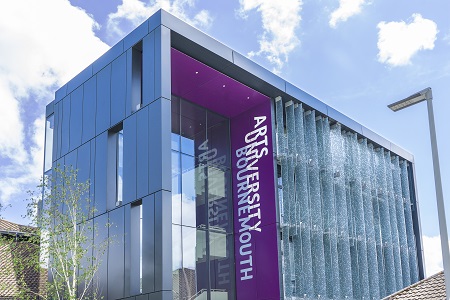
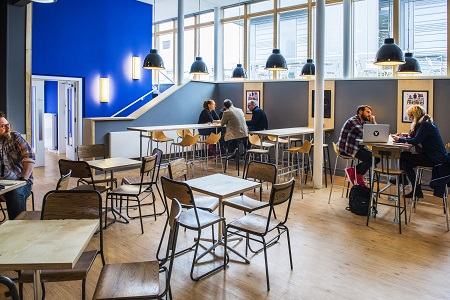
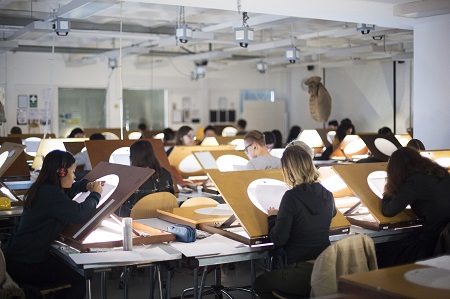
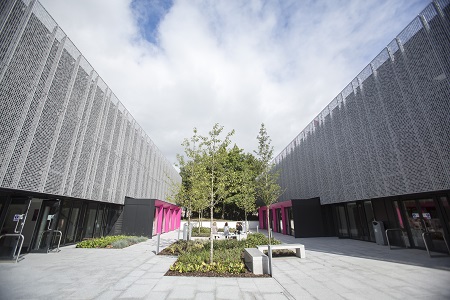
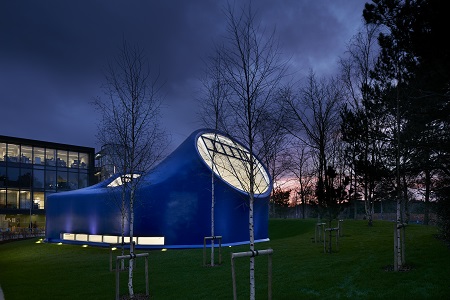
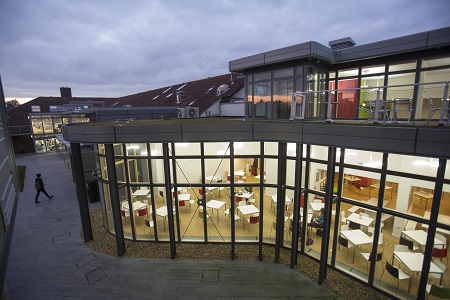
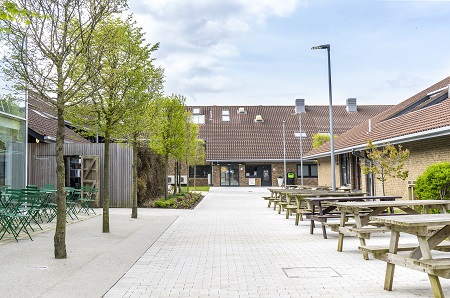
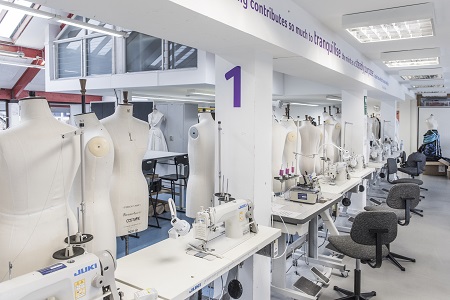

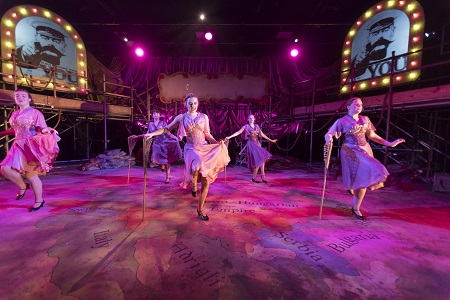
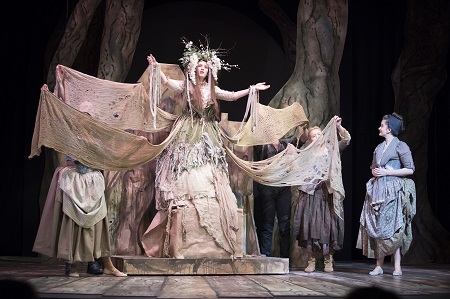
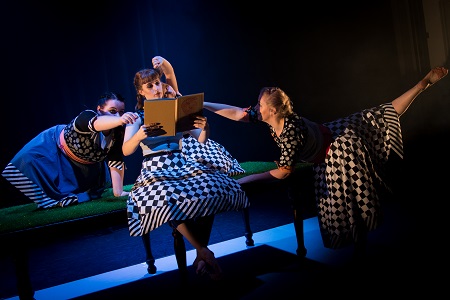
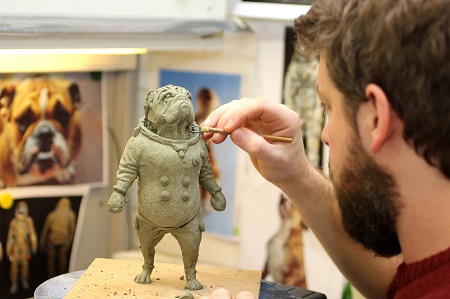
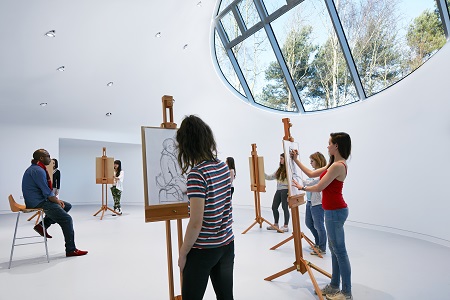
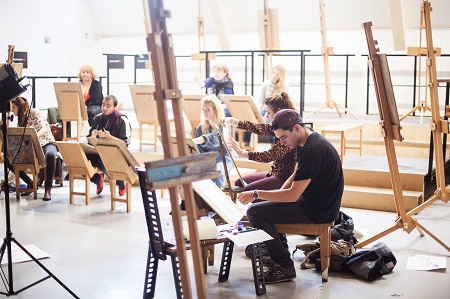
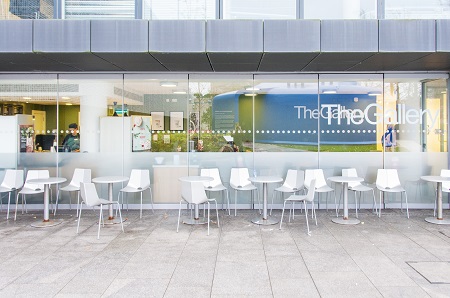
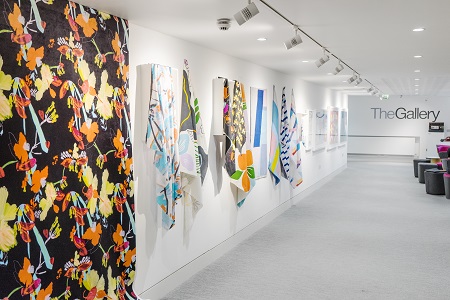
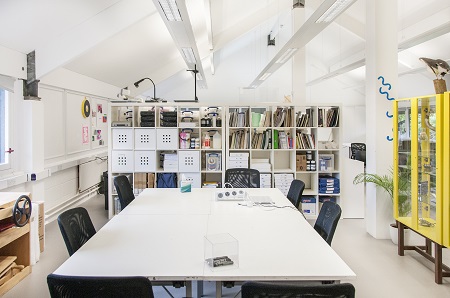
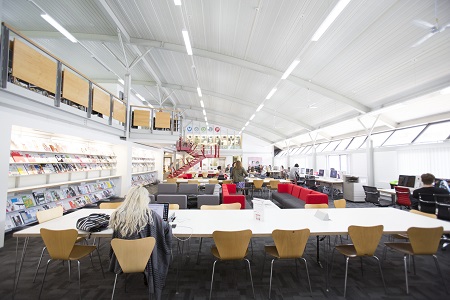
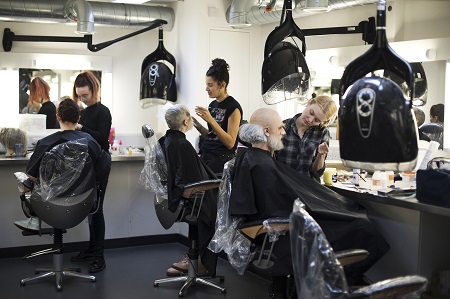
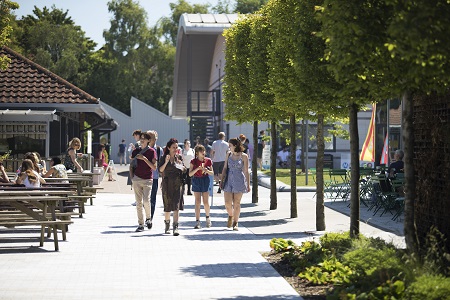
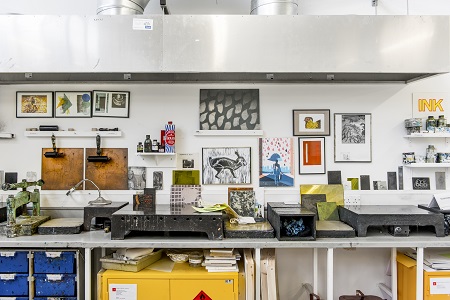
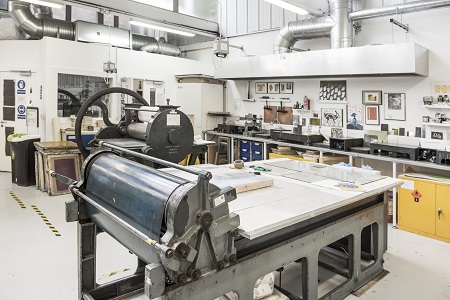
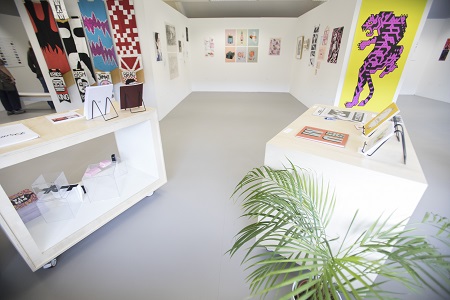
Борнмутский университет искусств расположен на южном побережье Англии, примерно в 3 км от центра Борнмута. Город имеет регулярное железнодорожное сообщение с Лондоном и другими крупными центрами.
Борнмут находится в самой восточной точке Юрского побережья, ставшим первым природным объектом всемирного наследия ЮНЕСКО на территории Великобритании. Кампус имеет собственное автобусное сообщение со сниженной стоимостью билетов. Университетский городок также может похвастаться отличной системой велосипедных дорожек.